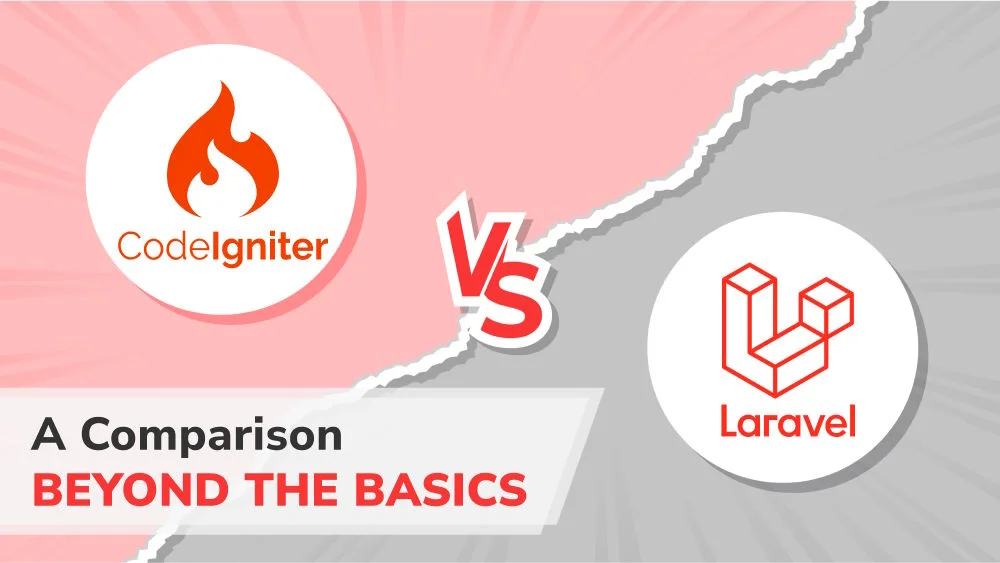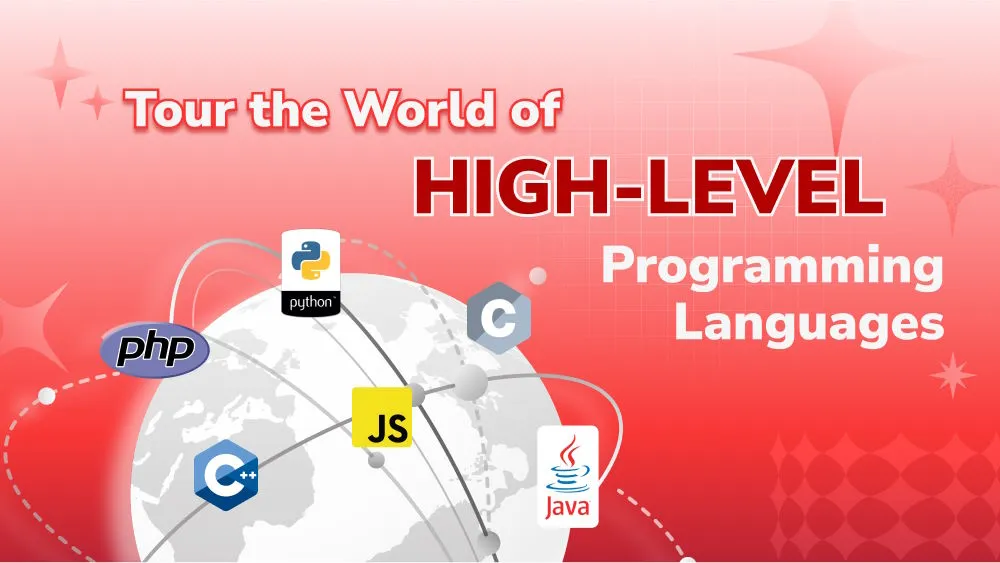Spring Vs. Spring Boot: "Battle" of the Java App Frameworks

Content Map
More chaptersWhen it comes to developing Java applications, there are all kinds of libraries, frameworks, and tools to use to streamline the development process and ensure the successful completion of a project. However, two frameworks that quickly come to mind are Spring and Spring Boot.
As their naming convention strongly implies, these two frameworks are primarily companion technologies, two tools designed to complement one another and accelerate the development time by encouraging code reusability.
But what sets Spring and Spring Boot apart? And should it be a requirement to use both frameworks in a software development project? Let’s take a closer look at it in detail.
What Is Spring?
Spring is a web framework for Java developed by VMware and released in May 2002. It is designed to help software developers create visually stunning, high-performing, and versatile Java web apps by including several useful features and functions, such as the use of POJOs (Plain Old Java Objects), AOP (Aspect-Oriented Programming), and Dependency Injection Containers, to name a few.
Spring is ultimately the successor to Struts, another web framework for Java developed by Apache and released in October 2000. Struts was eventually replaced by a more advanced framework called Struts 2, which was released in 2006 and still receives updates to this day.
Although Struts 2 is still currently in use, it has largely been replaced by Spring and is only really used to maintain older, legacy applications. One reason for this market shift is due to Struts 2’s notable security bugs, one of which allowed threat actors to breach and steal data from Equifax, resulting in millions of customers’ data being compromised.
What Is Spring Boot?
Basically, Spring Boot is an extension of the original Spring framework. It functions as an external plugin, adding features, functions, and shortcuts that are not present in Spring.
Released in 2014, the Spring Boot framework came out at a time when Java applications were, and still are, transforming into a microservices architecture. This means that Java apps were starting to ditch the traditional monolithic architecture (where a single codebase powers an entire app) in favor of a microservices architecture (where multiple codebases are used to power individual components within an app).
Spring Boot helps facilitate the process of building microservices apps by offering features such as auto-configuration. By reviewing the existing dependencies in a Spring project, Spring Boot will automatically configure the project to contain (what it believes to be) the best modules and settings, including custom dispatcherServlets, controllers, view resolvers, and heaps. Think of it as a preset library.
Developers can then review the configuration and, if necessary, change the settings to suit their preferences. This significantly helps reduce the amount of manual coding and preparation a developer has to partake in before they start a project.
Why Use Spring Boot Over Spring?

Spring Boot has become one of the most popular Java frameworks for developers over the years. There are many reasons why this is the case, but for the sake of simplicity, let’s concentrate on a few key talking points that demonstrate why, as time goes on, Spring Boot has become the framework of choice.
Microservices Support
Java apps have gradually adopted a microservices architecture, allowing for multiple codebases to power different components of an app, as opposed to the more traditional, monolithic architecture, where a single codebase powers an entire app (e.g., user interface, backend logic, in-memory database).
Microservices apps are typically easier and faster to develop, easier to maintain, and more scalable than monolithic apps. This sentiment is shared by many organizations around the world, too.
In a 2020 survey conducted by software company O’Reilly, 61 percent of respondents – which consisted of around 1,500 participants who came from a variety of technical backgrounds, from software engineers and technical leads to technical directors and engineering managers – said that they had been using microservices for at least a year or more.
Furthermore, 33 percent of those respondents represented organizations with under 100 employees as well, meaning that microservices apps don’t just benefit large multinational companies, either.
Agile Development
Another benefit to Spring Boot is that it complements the Agile method. This is an iterative approach to software development, which favors cross-department collaboration and continuous integration over the traditionally siloed Waterfall approach.
Also, since Agile milestones are completed in sprints, this allows developers to build multiple codebases in stages and then eventually have those codebases working together to create a fully functional Java app. The features in Spring Boot also assist with this process, bolstering support for third-party plugins, which allows developers to quickly package and test the app during (and after) each sprint.
At Orient Software, we use the Agile software development methodology to deliver all kinds of microservices apps, including solutions for the health, financial, hospitality, and technology sectors. Recently, we helped Netwealth, an Australian-based superannuation fund company, transition from a monolithic to a microservices architecture, all while maintaining the company’s existing systems and workflows.
Our Agile teams regularly use Spring and Spring Boot to streamline the process of building web applications. We use features like auto-configuration and opinionated defaults, which let us start projects with minimal or zero configurations. It simplifies a build by recommending default configurations, such as default servers and dependencies, to speed up development.
Reduced Boilerplate Code
When initiating a Spring project from scratch, developers are required to manually configure the settings for their project, as well as write boilerplate code so that the app can perform small tasks.
This boilerplate code is typically used to create simple, often repeatable components within an app, such as the client-side user interface (which is, in most cases, consistent no matter where the user goes in the app). Manually writing this code takes an enormous amount of time, resulting in time and money wasted.
Spring Boot, however, eliminates this problem by reducing the demand for developers to write boilerplate code. A good example of this is the JBBCTemplate in the Spring JDBC module, which helps reduce large volumes of boilerplate code into a few lines of code, all by making a few simple configuration changes, too.
By significantly reducing the amount of boilerplate code required to develop an app, developers can shift their focus to more important parts of the app, such as improving the user experience and addressing known bugs, errors, and issues.
Should Spring Boot Be Used for Every Project?
Although Spring Boot is an excellent framework for developing microservices apps, there are situations where it may be unsuitable for a project. This is especially true in cases that require a high level of control of their settings and configurations, which is something that Spring Boot sacrifices in favor of speed, convenience, and efficiency.
Let’s take a closer look at a few other scenarios where Spring Boot may be either not optimal or challenging to use.
Conversion Projects
Developers tasked with converting a legacy Spring-based application (monolithic) into a dedicated Spring Boot app (microservices) may face an uphill battle. These projects require investing significant time, effort, and resources. There is always a demand to preserve legacy data and processes, ensuring they seamlessly carry over to the new microservices architecture.
That’s not to say these projects are impossible, but they are best preserved for clients willing to invest heavily in overhauling their existing systems for long-term growth.
Best suited for: Possible with Spring Boot, but it requires a lengthy setup and configuration period.
Large-Scale Projects
Since Spring Boot automatically generates settings, configurations, and code based on existing dependencies, this can often result in excess code being generated, increasing the project file size. In order to guarantee smooth performance and fast loading times, this code must be cleaned up, organized, and removed when possible.
Unfortunately, for large-scale apps with multiple codebases, such a task can be monumental. However, the alternative is a slow-performing app, resulting in a poor user experience. So, for large-scale enterprise Java applications, it may be best to use the original Spring modules and framework.
Best suited for: The original Spring framework.
Why Choose Orient Software for Spring and Spring Boot Development
For nearly two decades, Orient Software has been at the forefront of developing fast, visually stunning, and scalable apps using both the Spring and Spring Boot frameworks.
Our team is highly skilled in using both frameworks, with a deep understanding of the tools and technologies that make each framework unique. This includes a deep familiarity with features and concepts such as auto-configuration, dependency injection, and Spring MVC (Model View Controller) frameworks, which enable us to develop, release, and maintain a Spring application for virtually any industry.
Whether you operate in health, education, finance, technology, or any other sector, our versatile team has what it takes to deliver a custom Java app that meets your unique needs.
Furthermore, we adopt the Agile methodology as our software development process of choice, enabling us to work quickly in sprints and deliver frequent project updates from beginning to end. This way, you always have the final say with every creative decision, ensuring your total satisfaction with the final product.
For more information about Orient Software’s custom software development services, contact us today.







